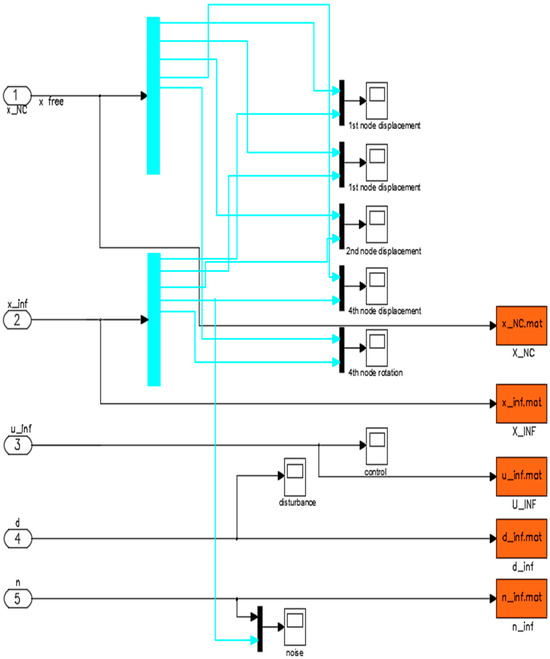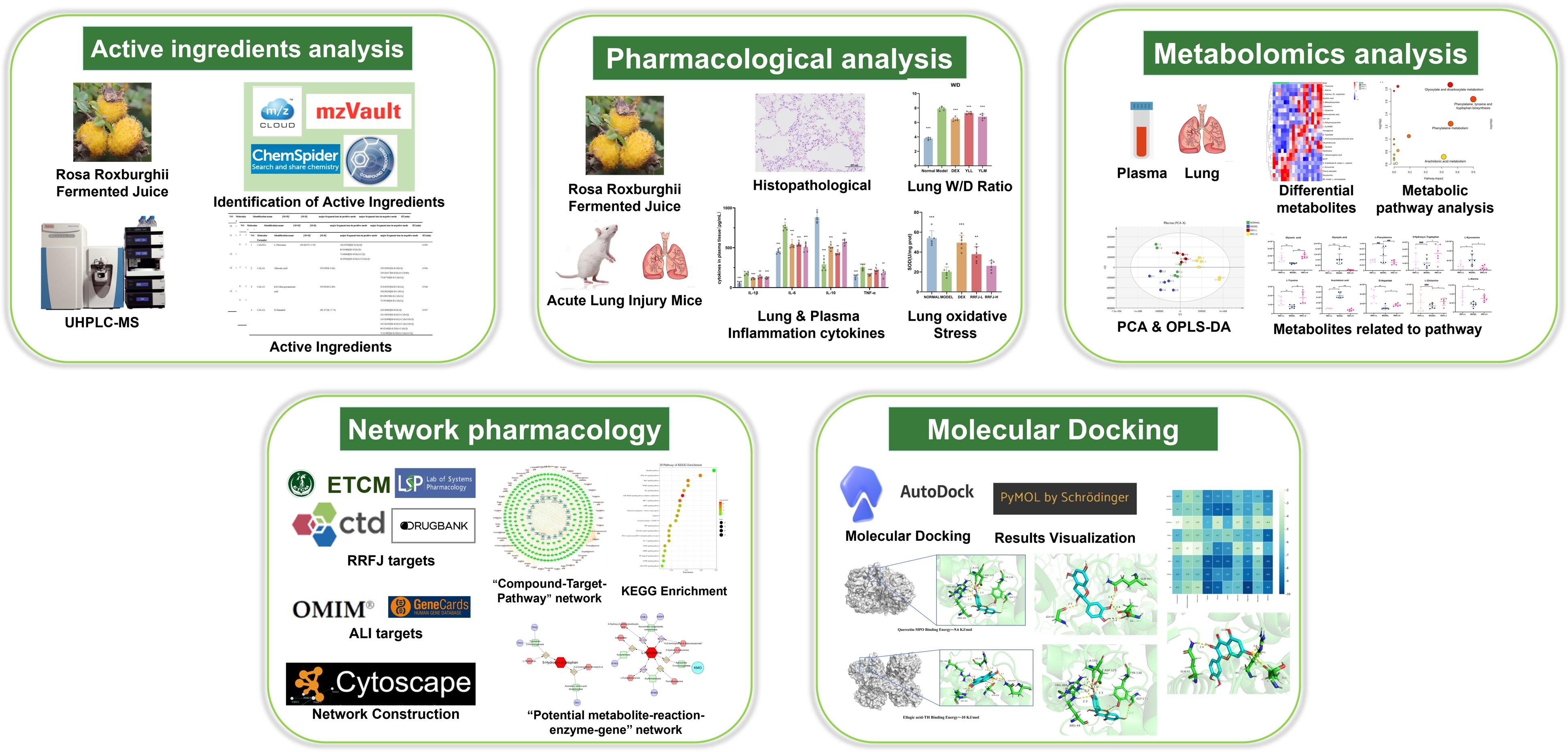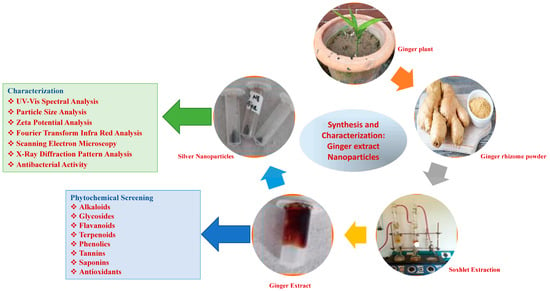This study investigates the host diversity and characteristics of the rare parasitic plant Silverberry-like taxillus (
Taxillus yadoriki). Seogwipo, Jeju Island, where
T. yadoriki grows naturally, was examined to clarify the diversity of host species, their location, and the part of the
[...] Read more.
This study investigates the host diversity and characteristics of the rare parasitic plant Silverberry-like taxillus (
Taxillus yadoriki). Seogwipo, Jeju Island, where
T. yadoriki grows naturally, was examined to clarify the diversity of host species, their location, and the part of the tree where
T. yadoriki is attached. A total of 687 host trees were found
. Taxillus yadoriki was intensively distributed in the lowlands below 200 m a.s.l. The host trees belonged to 40 species, four varieties, three cultivars, and two hybrids from 32 genera and 21 families, of which 23 taxa were identified as host plants for the first time in this study. Incredibly, this plant was found to be able to parasitize a variety of plants from 12 orders.
Taxillus yadoriki was found to be parasitic in three orders of Gymnosperms, Ginkgoales, Cupressales, and Pinales, as well as nine orders of Angiosperms, including Magnoliales, Rosales, and Ericales. Rosaceae was the most diverse at 18.0%, and most species were broad-leaved and arboreal. Among them,
Cryptomeria japonica and
Litsea japonica had the highest frequency of parasitization and
T. yadoriki was mainly attached to the upper part of the main tree and the main branch; as a result,
T. yadoriki was distributed and showed specificity in the position of disturbance on the host.
T. yadoriki’s specific distribution model was built as a Maxent program. The area under the curve of the receiver operation characteristic was 0.948 ± 0.026 (mean ± standard deviation), and the performance of the constructed model was excellent. Of the total eight environmental factors, density of artistic forest and meant temperature of coldest quarter accounted for 75.3% of the total importance, which was the main distribution determinant of species. In the average distribution probability map of
T. yadoriki, the critical probability for determining distribution was calculated to be 0.2898 ± 0.1018. Accordingly, the distribution of species is predicted to expand from Jeju Island to the entire southern and southeastern coasts.
Full article
 IJMS
IMPACT
IJMS
IMPACT Applied Sciences
IMPACT
Applied Sciences
IMPACT Sustainability
IMPACT
Sustainability
IMPACT Sensors
IMPACT
Sensors
IMPACT JCM
IMPACT
JCM
IMPACT Energies
IMPACT
Energies
IMPACT Molecules
IMPACT
Molecules
IMPACT Materials
IMPACT
Materials
IMPACT Remote Sensing
IMPACT
Remote Sensing
IMPACT Cancers
IMPACT
Cancers
IMPACT Electronics
IMPACT
Electronics
IMPACT Mathematics
IMPACT
Mathematics
IMPACT Foods
IMPACT
Foods
IMPACT Buildings
IMPACT
Buildings
IMPACT Plants
IMPACT
Plants
IMPACT Nutrients
IMPACT
Nutrients
IMPACT Animals
IMPACT
Animals
IMPACT Polymers
IMPACT
Polymers
IMPACT Water
IMPACT
Water
IMPACT Diagnostics
IMPACT
Diagnostics
IMPACT Biomedicines
IMPACT
Biomedicines
IMPACT Agronomy
IMPACT
Agronomy
IMPACT Microorganisms
IMPACT
Microorganisms
IMPACT Processes
IMPACT
Processes
IMPACT Healthcare
IMPACT
Healthcare
IMPACT Forests
IMPACT
Forests
IMPACT Cells
IMPACT
Cells
IMPACT JMSE
IMPACT
JMSE
IMPACT Medicina
IMPACT
Medicina
IMPACT Viruses
IMPACT
Viruses
IMPACT Agriculture
IMPACT
Agriculture
IMPACT Nanomaterials
IMPACT
Nanomaterials
IMPACT IJERPH
IJERPH
 Land
IMPACT
Land
IMPACT Pharmaceutics
IMPACT
Pharmaceutics
IMPACT Pharmaceuticals
IMPACT
Pharmaceuticals
IMPACT Religions
IMPACT
Religions
IMPACT Biomolecules
IMPACT
Biomolecules
IMPACT Life
IMPACT
Life
IMPACT Micromachines
IMPACT
Micromachines
IMPACT Atmosphere
IMPACT
Atmosphere
IMPACT Antioxidants
IMPACT
Antioxidants
IMPACT Genes
IMPACT
Genes
IMPACT Metals
IMPACT
Metals
IMPACT Symmetry
IMPACT
Symmetry
IMPACT Children
IMPACT
Children
IMPACT Coatings
IMPACT
Coatings
IMPACT Vaccines
IMPACT
Vaccines
IMPACT Horticulturae
IMPACT
Horticulturae
IMPACT Education Sciences
IMPACT
Education Sciences
IMPACT Minerals
IMPACT
Minerals
IMPACT Brain Sciences
IMPACT
Brain Sciences
IMPACT JPM
IMPACT
JPM
IMPACT Bioengineering
IMPACT
Bioengineering
IMPACT









